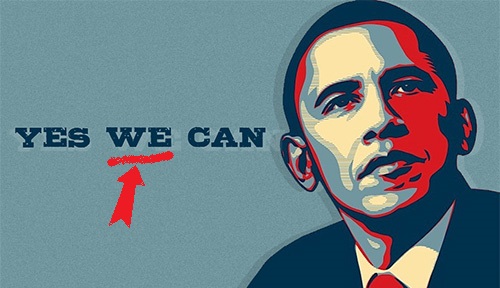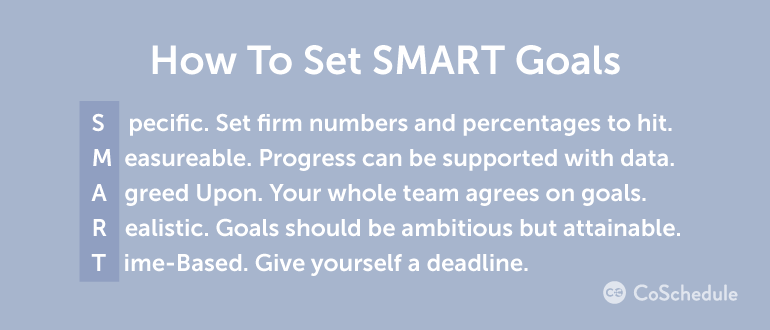Branding is powerful.
It associates an array of associations with a commodity. Successful messaging and branding makes it about you, the customer.
An excellent and not-so-excellent example of branding happened during this past year.
Donald Trump understands its power.
Hillary Clinton did not.
The reason.
Trump’s brand messaging was focused solely on “Make America Great 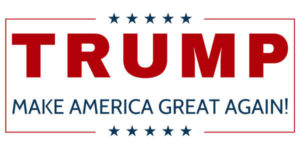 Again!” a take action phrase first used by the Reagan campaign in 1980. It was simple, memorable and understandable. He messaged his brand in terms folks could easily repeat, remember, take ownership of and
Again!” a take action phrase first used by the Reagan campaign in 1980. It was simple, memorable and understandable. He messaged his brand in terms folks could easily repeat, remember, take ownership of and 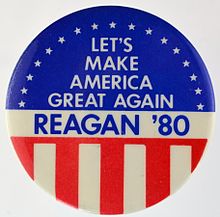 take pride in. His brand message was of an outsider that was doing it for YOU, America, the country, the underdogs. He branded himself as “for the people.”
take pride in. His brand message was of an outsider that was doing it for YOU, America, the country, the underdogs. He branded himself as “for the people.”
Hillary’s overall message? “I’m With Her.”
“Stronger Together and “Love Trumps Hate” were out there as well, but the first message became the focus – and ultimately the brand message.
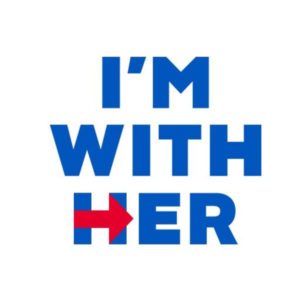 Unless you’re a well-read policy wonk, the benefit of standing with the candidate is unclear. I understand what strategists were thinking. It would be great to brand this as a historic, progressive time and that America is ready for a battle-tested female president. I’m sure it spoke to her base, but it didn’t seem to contribute to growing her audience – to which good branding should aspire.
Unless you’re a well-read policy wonk, the benefit of standing with the candidate is unclear. I understand what strategists were thinking. It would be great to brand this as a historic, progressive time and that America is ready for a battle-tested female president. I’m sure it spoke to her base, but it didn’t seem to contribute to growing her audience – to which good branding should aspire.
The problem.
Clinton’s campaign message didn’t appear to be about the people – it seemed to be about the candidate. Branding cannot afford to be myopic.
When brands connect, such as: Nike’s “Just do it,” “Inspiration and Innovation for Every Athlete in the World.”; Coca Cola’s “Taste the feeling!” “Red, White and You.” “I’d like to buy the world a coke…”; and even benefit branding served with humor “Save 15%…” by Geico, they make it about you, the customer, taking you into account, making you the center of the message.
Clinton’s campaign brand wasn’t about you, the country or people, instead placing the candidate at the center of attention. A much better branding approach for Clinton would have been (if we still needed to remind folks she was female), “She Stands for You” or a more generic “A Vote for Her is a Vote for America” style of branding and messaging. The list could go on – just anything but “I’m With Her.” Could you imagine a brand trying to define itself with, “I’m With Brand X” while still in the difficult process of convincing you that they are looking out for your best interests, and therefore your best choice? It’s a tad presumptuous.
The solution.
If you want to get people behind you, you need to make it about them, their choices, their ideologies, and their voice. It’s not about you.
Trump understood that and took it to the finish line. Will your brand?

